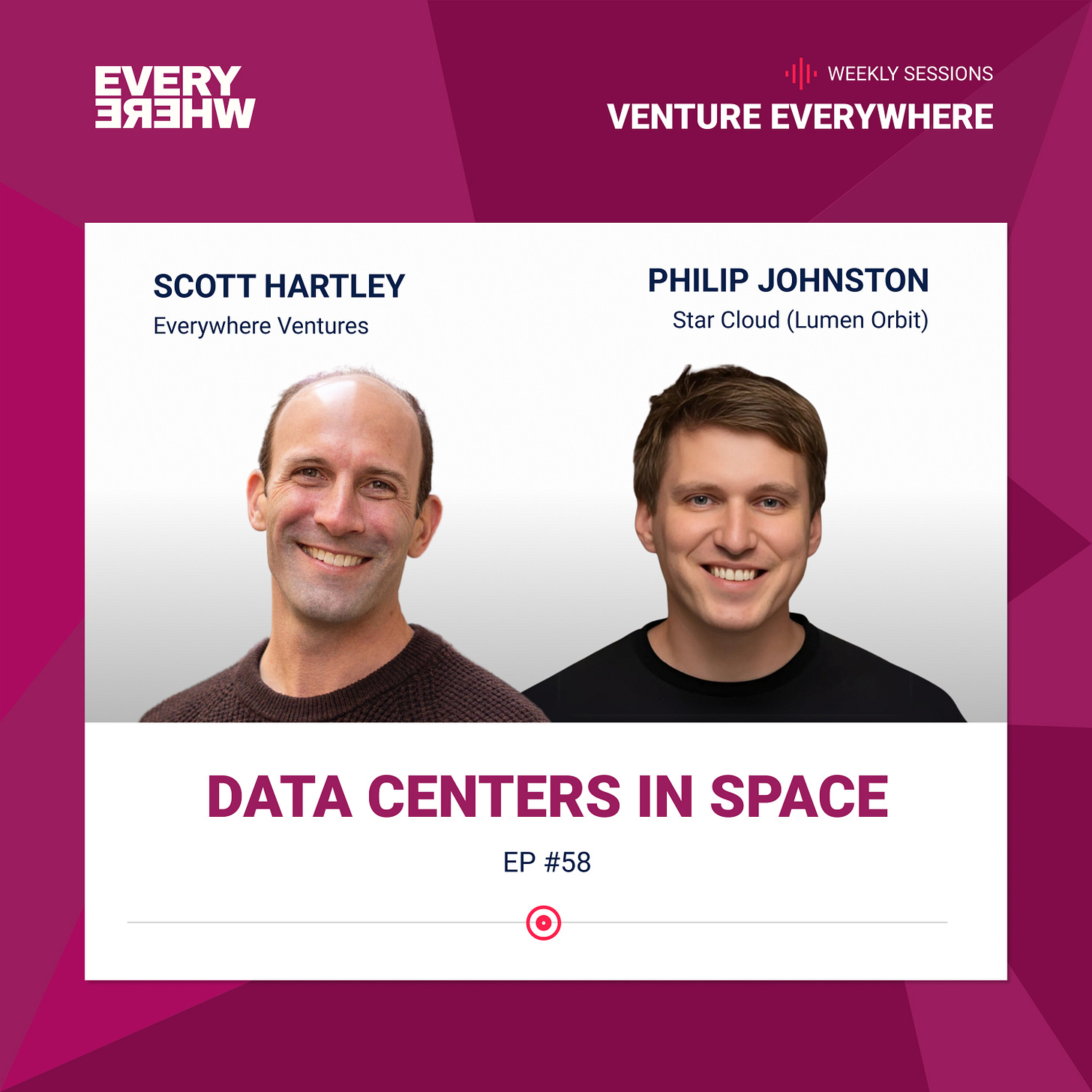LGND: Unlocking Earth’s Secrets with AI-Powered Satellite Mapping
LGND leverages AI models and advanced compression techniques to make Earth observation data exponentially more accessible and cost-effective.
For decades, satellite imagery has offered a bird’s-eye view of Earth, but analyzing this vast amount of data required specialized expertise and significant resources.
Now, LGND, a portfolio company of Everywhere Ventures, is changing the game. By combining AI foundation models with satellite data, LGND is making geospatial intelligence accessible to journalists, researchers, and organizations that previously lacked the tools to tap into this critical information.
AI and Satellite Imagery: A Powerful New Tool
Traditionally, satellite analysis has been the domain of government agencies, defense contractors, and highly technical research institutions. But LGND’s AI-powered platform is unlocking these capabilities for a much wider audience, enabling users to detect patterns in everything from illegal mining to deforestation and urban expansion.
As LGND co-founder Bruno Sánchez-Andrade Nuño explains:
“Transformers have changed language, image, audio, transcription. So why not Earth?”
AI-powered foundation models—like the ones behind ChatGPT—allow LGND to analyze millions of satellite images, recognizing patterns across the globe in ways that were once impossible without months of manual labor. Instead of training a specific AI for each task, LGND’s models can be adapted for a range of use cases, from disaster response to environmental monitoring.
Real-World Impact: AI Detecting Illegal Airstrips in the Amazon
One striking example of how this technology is already making an impact comes from Mongabay, an environmental journalism nonprofit. In 2023, Mongabay used an AI tool called Earth Index, developed by Earth Genome, to scan satellite images of Peru’s Amazon rainforest, uncovering dozens of hidden airstrips built by drug traffickers on protected lands.
Previously, manually identifying these airstrips across millions of acres would have required months of work by engineers and data scientists. Now, AI-powered tools like LGND’s allow non-experts to analyze satellite images quickly and efficiently—turning geospatial intelligence into a powerful tool for accountability and action.
Mikel Maron, project lead at Earth Genome, describes this shift:
“It’s a map-based interface that’s really designed for someone who’s not a machine-learning engineer or someone familiar with working with map data.”
Making Earth Data Accessible to All
The broader goal of LGND and other AI-driven geospatial platforms is to democratize access to satellite data. Historically, satellite imagery analysis was limited by complex, technical interfaces and the sheer cost of processing massive datasets.
But foundation models—trained on millions of images—change the equation. Instead of relying on traditional, rule-based AI that can only perform predefined tasks, LGND’s models learn patterns across Earth’s surface, allowing them to be used for multiple applications, from tracking flood boundaries to identifying wildfire burn scars.
NASA has also entered this space, developing open-source foundation models using imagery from U.S. Landsat and European Sentinel satellites to study climate and environmental changes. According to Kevin Murphy, chief science data officer for NASA’s Science Mission Directorate, the agency is working on improving accessibility so that these models can be used by a broader range of people.
Meanwhile, the U.K.’s Ordnance Survey is testing foundation models to monitor urban development, water usage, and land-use changes—hoping to make better data-driven decisions for infrastructure and environmental policies.
This shift means that activists, journalists, policymakers, and businesses can leverage AI-powered satellite insights without needing advanced expertise—something that was unthinkable just a few years ago.
The Next Frontier for LGND AI
While LGND is at the forefront of this movement, AI-powered Earth models are still evolving. NASA and other agencies are continuing to refine these geospatial models, and companies like Esri are developing commercial applications for tracking environmental changes.
But LGND is uniquely positioned to lead the way in bringing these capabilities to businesses, startups, and governments that need real-time Earth insights. The company is focused on making highly sophisticated geospatial analysis accessible—turning satellite data into actionable intelligence for industries ranging from agriculture to security and sustainability.
As AI continues to revolutionize satellite imaging, LGND AI is proving that the future of Earth observation isn’t just about seeing more—it’s about ensuring that more people can see.
Read more on Wall Street Journal
Listen to Philip Johnston with Scott Hartley on the Venture Everywhere podcast: Data Centers in Space. Now on Apple & Spotify and check out to all our past episodes here!


